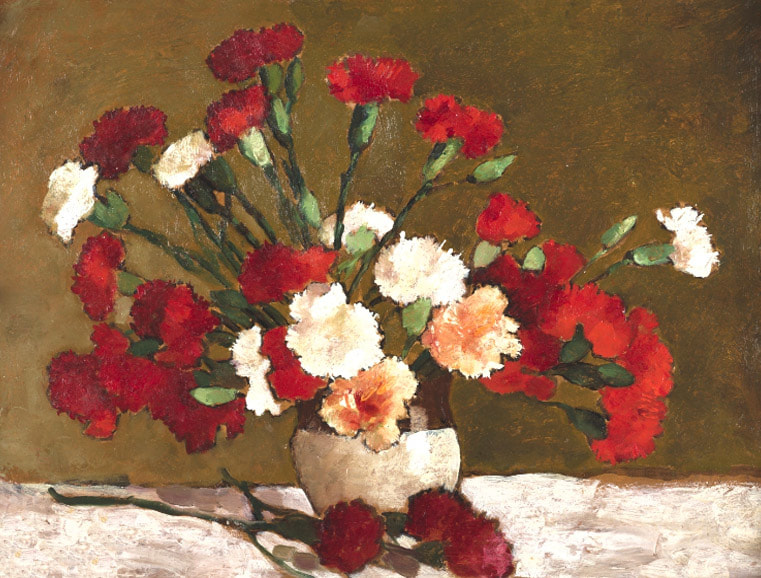
J: Science had two people testify - one to testified that they don’t issue the kind of authentication letter that accompanied the fake works and another to testify that the paintings had many flaws. MH: How did Hirst’s studio, Science Ltd., participate in the trial? Did they present any authentic works to the jury? Sutherland had purchased one set of these prints before the paintings. He was introduced to Lopreto originally in 2012, when he was running a scam selling fake paintings on eBay - putting up sets of three Damien Hirst prints for sale, but then not selling it directly on eBay but rather contacting the bidders to sell it outside of eBay. He also apparently dealt in art and had previously bought a counterfeit work from a local gallery in Florida and sued the gallery successfully over it. J: He was a private guy who used to buy and sell real estate because his job as a pastor didn’t pay him a salary until a year ago. MH: What were you told was Sutherland’s background? The widely-circulated fact about him was that he was a pastor, but did he have any prior dealings in art? What brought him to this line of business? The jury believed that it could maybe have been a case but the defense didn’t think so. J: The defense did not use entrapment as one of the things they could have argued. MH: Did any considerations of entrapment weigh into the defense? J: An NYPD detective reached out to him and said: “I found out through some of my sources that you were selling this.” They then flew up from Florida to complete the sale. MH: How did the sting proceed from there? In this case they were authorized to return the artwork to the original owner.

Sometimes, Sotheby’s would destroy it, or hold it, or give it to the police. J: It’s unclear who exactly complained to the NYPD, how they got the name, but the NYPD did reach out to Sotheby’s and had them release the painting back to the owner. MH: How did this case go from Sotheby’s and Hirst’s studio, Science Ltd., to the NYPD? It was amply evident that the person understood it was fake, though … his lawyer used the defense that he still thought the works were real.īut there were two aspects to this: if he knew they were fake or imagined them to be real, the prosecution still needed to prove he was willing to permanently defraud the final purchaser. Nowhere in the emails or the testimony she gave she said it was fake, she said it was sent for authentication and was “not accepted.” J: Sutherland’s defense made it see like he was under the impression they were real when he sent them to Sotheby’s, so the case hinged on the language used by the Sotheby’s representative. MH: What was Sutherland’s basic defense strategy?
+of+Copy+of+IMG_5813.jpg)
122, struck out “ publisher’s illustrations excepted” in item 489.J: He said he had been doing this for a while, it cost him $50 to make them, and that after he was released he was trying to make them again. 1771, substituted “Printing and filming of United States and foreign obligations and securities” for “Printing stamps for philatelic purposes” in item 504.ġ951-Act July 16, 1951, ch.
+of+IMG_5821.jpg)
257, struck out “Gold or silver” before “Coins or bars” in item 485.ġ958- Pub. 977, added item 510, relating to forging endorsements.ġ965- Pub. 2145, added second item 510 “Securities of the State and private entities”.ġ983- Pub. 3598, redesignated second item 510, relating to securities of the State and private entities, as item 513 and substituted “States” for “State”.ġ984- Pub. 4922, substituted “or paper used as money.” for “used as money or similar to coins” in item 491, “matters” for “entry certificates” in item 496, and “stamps, postage meter stamps,” for “stamps” in item 501.ġ986- Pub. 2022, 2077, 2144, added item 470, struck out extraneous period after “money” in item 491, and added item 511A.ġ992- Pub.

340, 341, substituted “, stones, or analog, digital, or electronic images” for “or stones” in items 474 and 481.ġ996- Pub. 2156, struck out item 511A “Unauthorized application of theft prevention decal or device”.Ģ001- Pub.


 0 kommentar(er)
0 kommentar(er)
